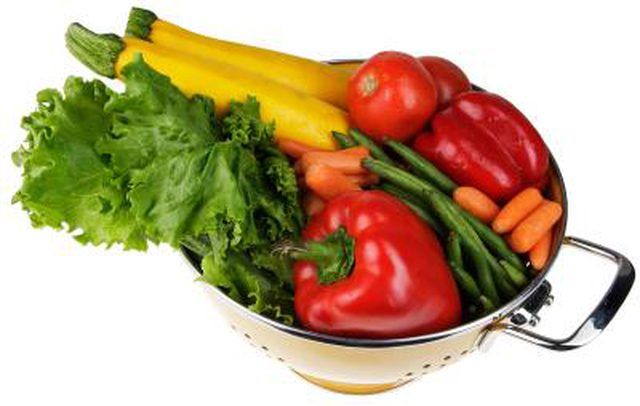Bulbs
Flower Basics
Flower Beds & Specialty Gardens
Flower Garden
Garden Furniture
Garden Gnomes
Garden Seeds
Garden Sheds
Garden Statues
Garden Tools & Supplies
Gardening Basics
Green & Organic
Groundcovers & Vines
Growing Annuals
Growing Basil
Growing Beans
Growing Berries
Growing Blueberries
Growing Cactus
Growing Corn
Growing Cotton
Growing Edibles
Growing Flowers
Growing Garlic
Growing Grapes
Growing Grass
Growing Herbs
Growing Jasmine
Growing Mint
Growing Mushrooms
Orchids
Growing Peanuts
Growing Perennials
Growing Plants
Growing Rosemary
Growing Roses
Growing Strawberries
Growing Sunflowers
Growing Thyme
Growing Tomatoes
Growing Tulips
Growing Vegetables
Herb Basics
Herb Garden
Indoor Growing
Landscaping Basics
Landscaping Patios
Landscaping Plants
Landscaping Shrubs
Landscaping Trees
Landscaping Walks & Pathways
Lawn Basics
Lawn Maintenance
Lawn Mowers
Lawn Ornaments
Lawn Planting
Lawn Tools
Outdoor Growing
Overall Landscape Planning
Pests, Weeds & Problems
Plant Basics
Rock Garden
Rose Garden
Shrubs
Soil
Specialty Gardens
Trees
Vegetable Garden
Yard Maintenance
How to Tell Which Vegetables Work in Hanging Baskets
How to Tell Which Vegetables Work in Hanging Baskets. The rewards of growing your own vegetables include the delicious flavor of your crop and the satisfaction of providing your own healthful food. Perhaps you only have a small balcony in an apartment building. Or maybe your patio is the only area of your yard that receives full sun. In either...

The rewards of growing your own vegetables include the delicious flavor of your crop and the satisfaction of providing your own healthful food. Perhaps you only have a small balcony in an apartment building. Or maybe your patio is the only area of your yard that receives full sun. In either case, it is still possible to grow vegetables in containers. To make the most of your limited space, consider hanging baskets as well as patio pots. A quick look at a plant's information can tell you if it is suitable for a hanging basket.
Things You'll Need
Plant tags
Seed packets
Vegetable gardening books
Learn which fruits and vegetables grow as vines. These plants will naturally cascade over the edge of the basket. Examples include tomatoes, squash, melons, kiwi, gooseberry, peas, and beans.
Observe how certain plants grow. Although some plants do not grow as vines, they do grow low and have hanging fruit that makes those plants well-suited for hanging baskets. The best example of this is the strawberry. The leaves grow only a few inches high, but the fruit hangs low on separate stems and will hang over the side of a basket.
Read plant tags and seed packets to find dwarf or miniature varieties of what you want to grow. The weight of the fruit of full-size tomatoes or melons can snap stems before the fruit matures. Growing smaller varieties such as cherry tomatoes or pattypan squash helps with this problem.
Read container-vegetable gardening books such as "The Bountiful Container" to learn which varieties of vegetables and fruits are best-suited for containers. Some plants have been specifically bred to grow in containers. These plants have smaller root systems and grow more compactly than plants intended for growing in the ground.
Experiment with your plants. There is no rule that says a plant must cascade over the edge of a hanging basket. As long as the plant is suited for container growth, try it in a hanging basket. A basket full of peppers makes an attractive addition to your patio. Just remember, you need to have a way to reach your crop to harvest it.